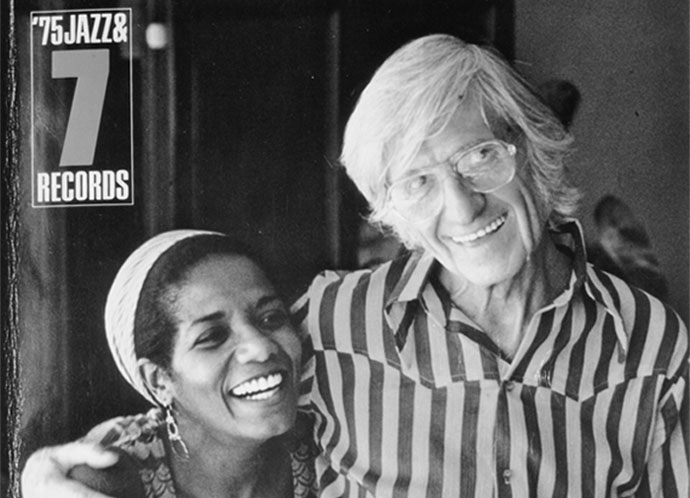 Gil Evans NPR at 100
Gil Evans, Essential Jazz Arranger, At 100
Gil Evans, one of the most important jazz arrangers of the 20th century, was born 100 years ago today. Evans is best known for music he wrote between 1957 and 1963 for his 19-piece orchestra, which backed trumpeter Miles Davis. The albums Sketches of Spain and Porgy and Bess were hailed for their rich harmonies and use of instruments not usually associated with jazz big bands. But in a 1980 interview, Evans said he wanted to use orchestral instruments in a new way: "Many great compositions have been written with the traditional sound of the orchestra. You know what I mean? Nothing much has been added to it as far as sound is concerned." Evans gave the orchestra a different sound by creating unusual harmonies, using colors he borrowed from Debussy, Ravel and Stravinsky. "I got the harmonic language from the French, Spanish and Russian Impressionists," he said in the same interview. "That's where the harmony comes from." Evans made it sound easy, but Emile Charlap — a music copyist who worked with Evans in the '50s, filling out and finishing his scores — says the arranger labored to create that new sound. "He sat there all night composing," Charlap recalls. "I had a secretary who worked for me who lived upstairs. And she told me that she can't sleep, because Gil is there all night, and he plays F, F, F, all night long. ... That was like the beginnings of Sketches of Spain. Evans arranged Sketches of Spain in Charlap's New York offices. "Gil was beyond belief," Charlap says. "He would work on one thing forever. I don't know about the word 'slow.' Slow might be the right thing, because he wanted it to be the note. He would write a whole arrangement and leave out one note, and come back two weeks later to put that right note in." |
|
